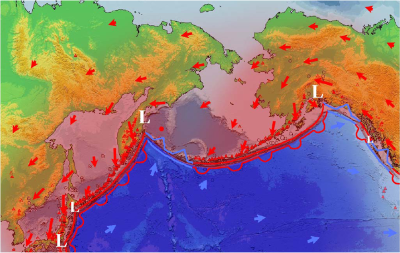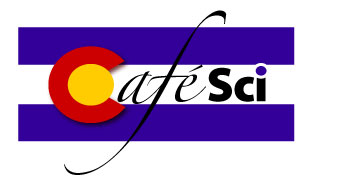About the topic
Bio
About the topic
 Tectonics, the field of geologic study that examines the processes that control the structure and properties of the Earth's crust and its evolution through time, has been dominated by the theory of plate tectonics for about 50 years. In plate tectonics the outermost part of the Earth, the crust and uppermost mantle collectively termed the lithosphere, behaves as a single mechanical layer divided into separate more-or-less rigid plates that move about on underlying ductile upper mantle that convects in response to continuous heat loss from the Earth's interior. Evidence is mounting that this model is too simplistic, however. Tectonic “plates” display internal differential motion, especially along collisional boundaries. Yet unexplained toroidal tectonic movements have been recognized in certain regions of Earth. Discrete layering is discernable within the upper mantle making “conveyer-belt” convection implausible. Is there a more comprehensive tectonic model that can better explain recent observations? A look at fluid movements in Earth’s atmosphere may hold the key.
Tectonics, the field of geologic study that examines the processes that control the structure and properties of the Earth's crust and its evolution through time, has been dominated by the theory of plate tectonics for about 50 years. In plate tectonics the outermost part of the Earth, the crust and uppermost mantle collectively termed the lithosphere, behaves as a single mechanical layer divided into separate more-or-less rigid plates that move about on underlying ductile upper mantle that convects in response to continuous heat loss from the Earth's interior. Evidence is mounting that this model is too simplistic, however. Tectonic “plates” display internal differential motion, especially along collisional boundaries. Yet unexplained toroidal tectonic movements have been recognized in certain regions of Earth. Discrete layering is discernable within the upper mantle making “conveyer-belt” convection implausible. Is there a more comprehensive tectonic model that can better explain recent observations? A look at fluid movements in Earth’s atmosphere may hold the key.

 Dr. Quniton Hennigh is the founder, President and Chairman of
Dr. Quniton Hennigh is the founder, President and Chairman of